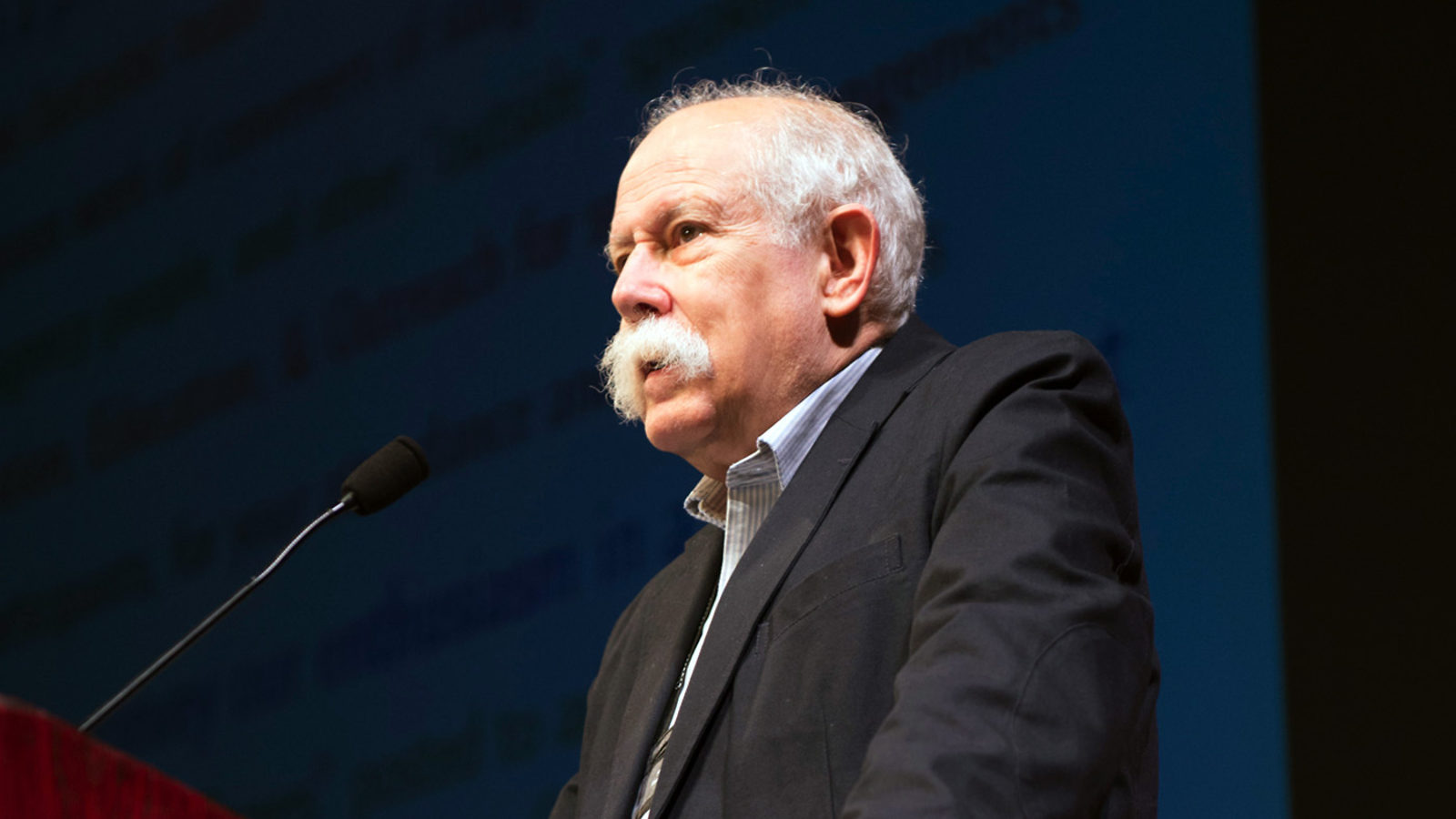In the next 20 years, particle physicists have the chance to answer some of the most inspiring and grand questions the universe can pose.
Just last year, we discovered a Higgs boson—a huge step toward understanding how particles acquire mass—and measured “theta one-three”—an important number that may lead to a better understanding of neutrino properties and nature’s imbalance between matter and antimatter.
Yet it seems likely that with the Higgs, we’re seeing only the tip of the iceberg. The Higgs field seems to give mass to just some particles; others are still complete mysteries. Meanwhile, we’re working to understand why there’s matter and not antimatter everywhere we look. What’s more, there are particles out there like neutrinos about which we are still almost completely ignorant. And then there’s the elephant in the room—the “dark universe” of dark matter and dark energy.
We’re still a long way from understanding the universe.
Over the course of nine months in 2012 and 2013, in what’s called the Snowmass process, more than a thousand particle physicists analyzed the field’s most pressing scientific questions and conducted detailed studies of the tools and experiments that could answer them. Then, in late July and early August, more than 700 of us gathered in Minneapolis to discuss the opportunities that lie ahead. In nine packed days of meetings, presentations and discussions, we discussed the most compelling unanswered questions, such as:
The Higgs particle is unlike any other particle we have ever encountered. Why is it different? Are there more?
Neutrinos are very light, elusive particles that change their identity as they travel. How do they fit into our understanding of nature?
The known particles constitute one-sixth of all the matter in the universe. The rest we call dark matter. But what is it? Can we detect these particles in our labs? Are there other undiscovered particles in nature?
There are four known forces in nature. Are these manifestations of a single unified force? Are there unexpected new forces?
Are there new hidden dimensions of space and time?
Both matter and antimatter were produced in the big bang, but today our world is composed only of matter. Why?
Why is the expansion of the universe accelerating?
We analyzed the experimental approaches that could answer our questions, and are now drafting an in-depth report documenting the field’s options going forward.
I’ve been impressed with the community’s thorough consideration of our field’s questions and the ways in which we can realistically answer them. It’s not an easy task and none of us has undertaken it lightly.
In the end, we have a list of questions and projects that the community stands behind. With a couple of these projects, we will shoot for the moon, as we did with the search for the Higgs boson, taking a huge amount of effort and time to make a great leap forward. Many others will be smaller, shorter-term projects that come together to answer a grand question.
I’m grateful to everyone who contributed to the planning. Without each of them—the theorists, experimentalists, accelerator physicists, instrumentation physicists, scientific computing specialists, educators and communicators—the possibilities would not be so clear.
Later this year, the Particle Physics Project Prioritization Panel will begin shaping our science aspirations into a prioritized plan that’s feasible over the next one to two decades. The plan will offer a strategic path forward, building a strong position from which the US particle physics community, working with international partners, can answer grand scientific questions and improve our understanding of nature.
Throughout this process, it will be our job not only to prepare the next generation of experiments successfully and efficiently, but also to clearly articulate our plans and their importance to the taxpayers who fund our research.
The opportunity to better understand the universe around us has never been so great; nature still has many surprises in store for us. We look forward to the challenge of discovering them.
Jonathan Rosner is a professor of physics at the University of Chicago and chair of the American Physical Society’s Division of Particles and Fields, which organized the 2013 Snowmass Community Summer Study.



